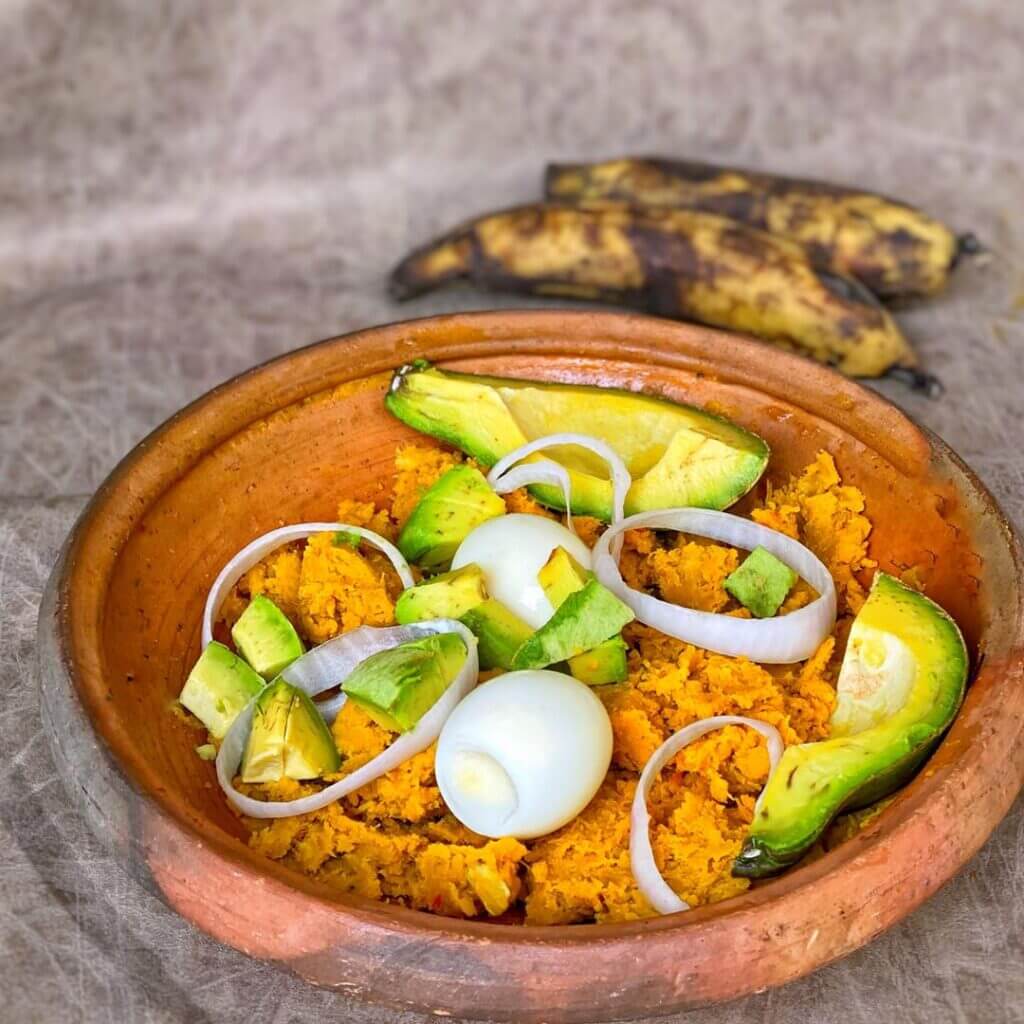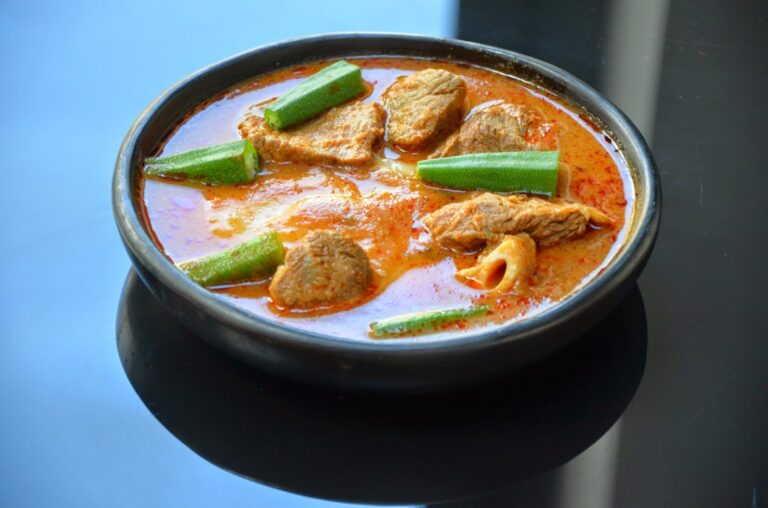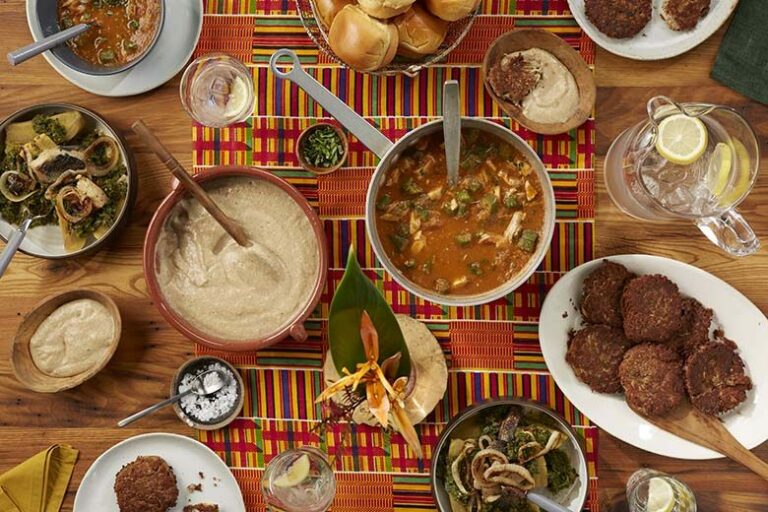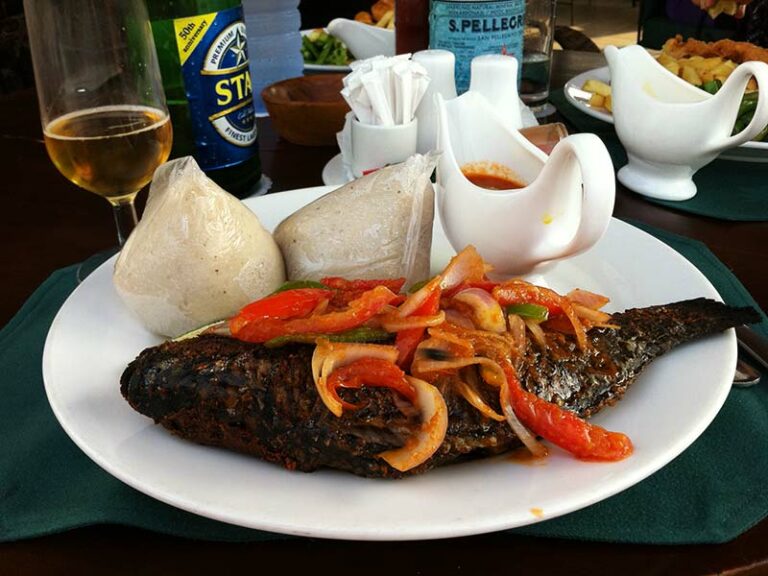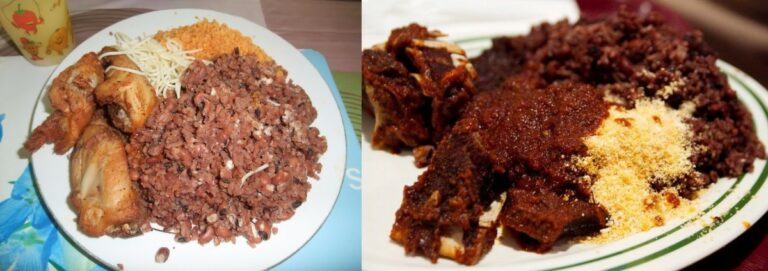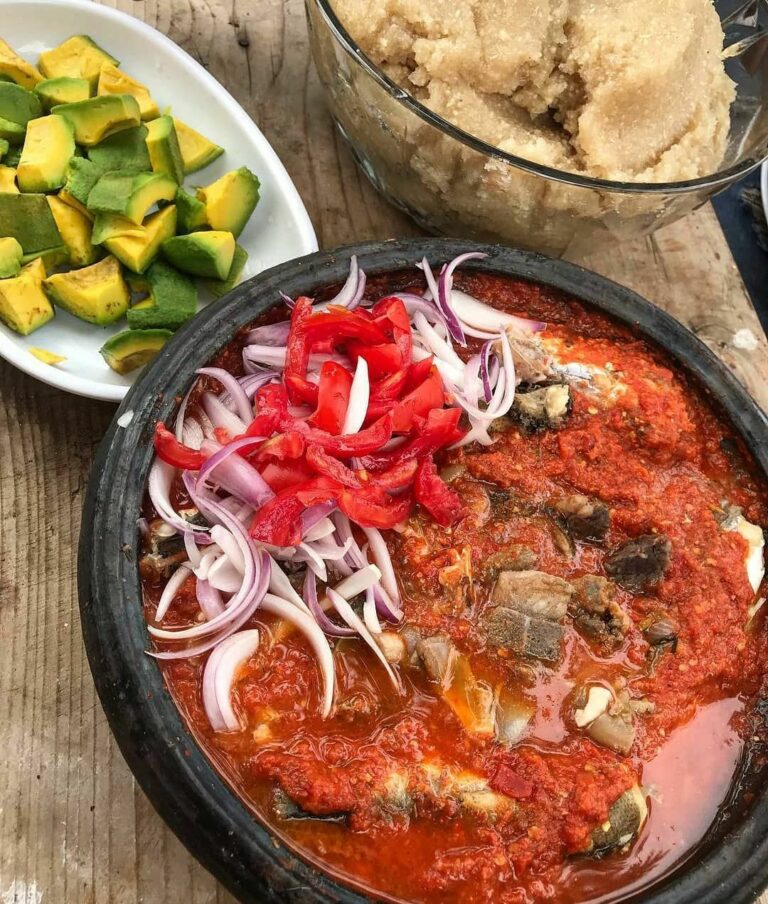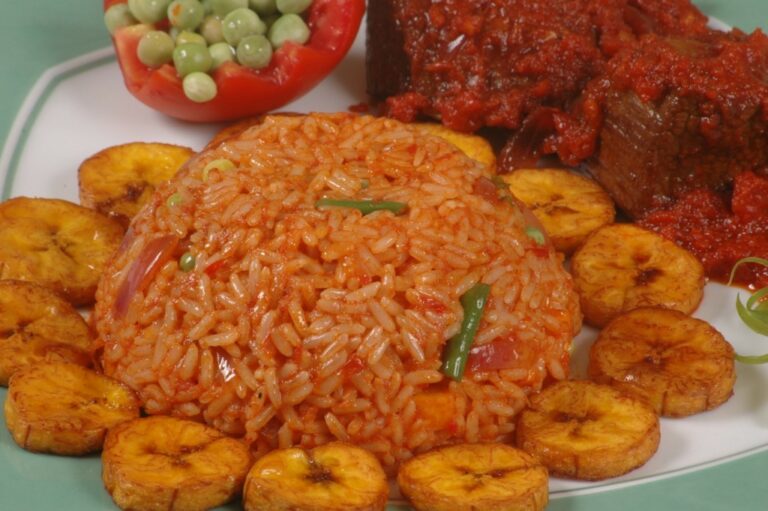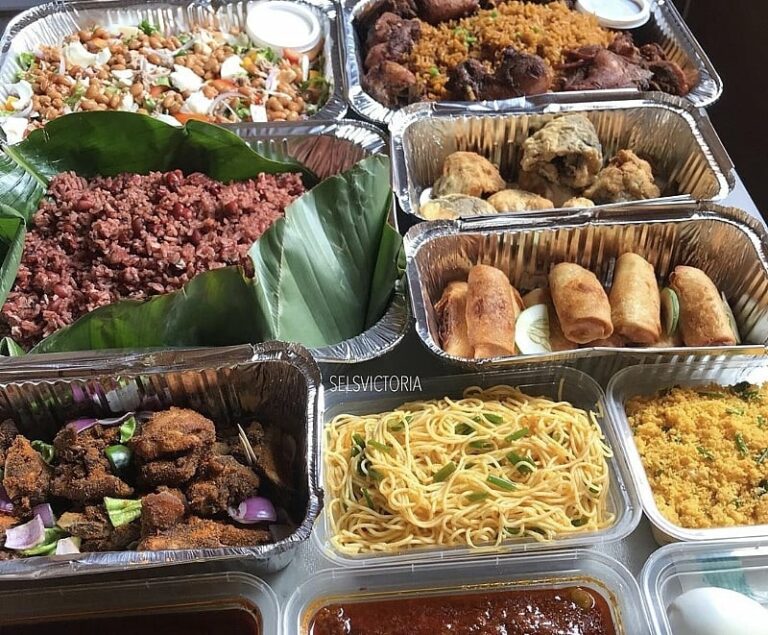Introduction: Ghanaian cuisine and vegetarianism
Ghanaian cuisine is rich in flavor and diversity, featuring stews, soups, and grilled meats. However, for vegetarians, finding suitable dishes can be a challenge, as many Ghanaian dishes incorporate meat or fish. Nevertheless, Ghanaian cuisine has a range of vegetarian options that are just as delicious and nutritious.
Vegetarianism is becoming increasingly popular in Ghana, with a growing number of people embracing plant-based diets for health, ethical, and environmental reasons. While Ghanaian cuisine might not be well-known for its vegetarian options, there are a few dishes that are worth trying for a taste of Ghanaian culture.
Popular Ghanaian vegetarian dishes
One of the most popular vegetarian dishes in Ghana is “red-red,” a hearty stew made with black-eyed peas, red palm oil, onions, and spices. Another popular dish is “jollof rice,” a flavorful and spicy rice dish cooked with tomatoes, onions, and a variety of spices. “Waakye” is another classic dish that can be made vegetarian by omitting the meat, featuring rice and beans cooked together with spices and served with a range of accompaniments like spiced tomato sauce, fried plantains, and boiled eggs.
Other vegetarian dishes to try include “banku,” a fermented corn and cassava dough that is often eaten with soup or stew, and “kelewele,” a spicy and sweet fried plantain dish that can be served as a snack or side dish.
Local ingredients used in Ghanaian cuisine
Ghanaian cuisine incorporates a wide variety of local ingredients, including root vegetables, legumes, grains, and spices. Some of the most common ingredients used in vegetarian dishes include black-eyed peas, cowpeas, beans, plantains, cassava, and yams. Spices like ginger, garlic, cumin, and coriander are also commonly used to add flavor to dishes.
In addition, Ghanaian cuisine is known for its use of palm oil, a staple ingredient that is used for cooking, seasoning, and as a base for sauces and stews. Palm oil is rich in antioxidants and is a good source of vitamin E.
Tips for finding vegetarian options in Ghana
While vegetarianism is becoming more common in Ghana, it can still be a challenge to find vegetarian options in some areas. However, with a little bit of effort, it is possible to find delicious vegetarian dishes in Ghana. One tip is to look for street food vendors, who often sell vegetarian snacks like roasted plantains, fried yams, and bean cakes.
Another option is to visit vegetarian and vegan restaurants, which are becoming increasingly popular in Ghana’s major cities. These restaurants serve a range of plant-based dishes, from burgers and sandwiches to curries and stews.
Traditional Ghanaian dishes that can be made vegetarian
While many traditional Ghanaian dishes feature meat or fish, there are ways to adapt these recipes to make them vegetarian-friendly. For example, “groundnut soup,” a popular Ghanaian dish made with chicken or fish, can be made vegetarian by using vegetable broth and adding tofu or tempeh for protein.
“Okro stew,” a dish made with okra, tomatoes, and onions, can also be made vegetarian by omitting the meat and using vegetable broth instead. “Eto,” a mashed yam dish, can be made vegetarian by using vegetable oil instead of the traditional palm oil.
Conclusion: Enjoying Ghanaian cuisine as a vegetarian
While it might require a little bit of effort to find vegetarian options in Ghana, there are plenty of delicious dishes to try that are both authentic and vegetarian-friendly. By exploring street food vendors, vegetarian restaurants, and adapting traditional recipes, vegetarians can enjoy the rich and diverse flavors of Ghanaian cuisine.

